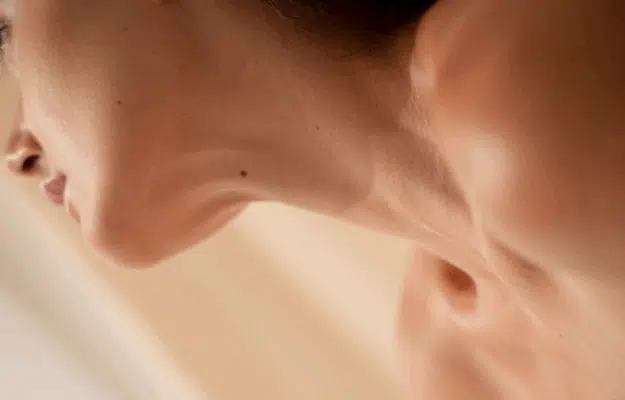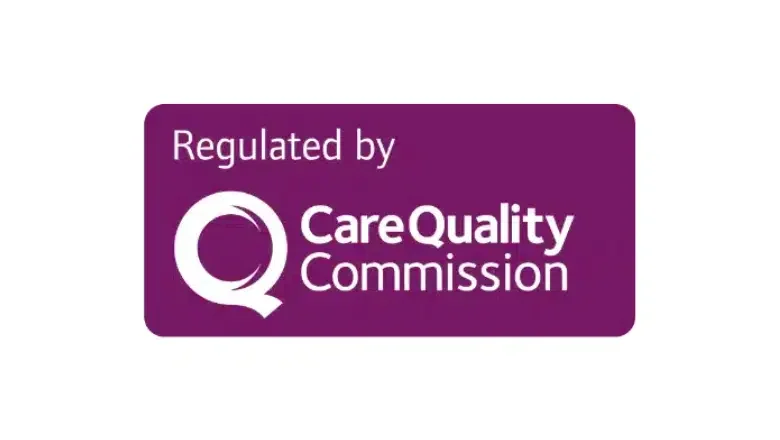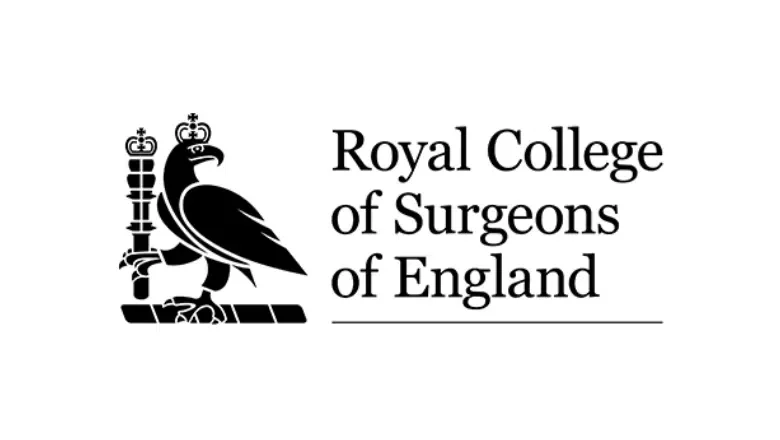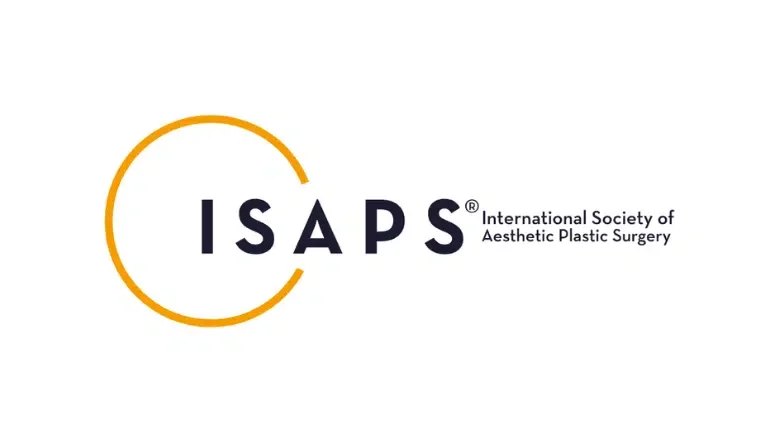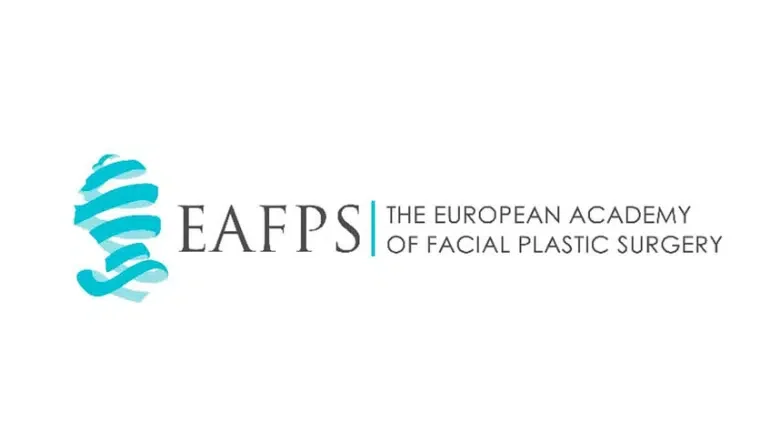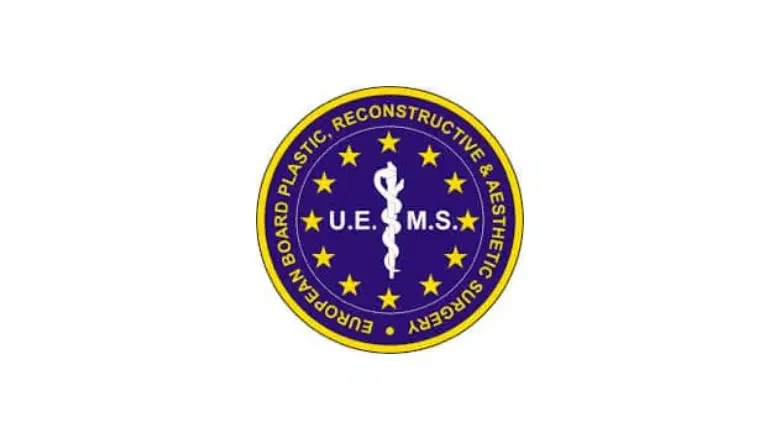Exploring the Gentle and Subtle Ponytail Facelift: A Modern Approach to Facial Rejuvenation
The ponytail facelift is a modern and less invasive alternative to a traditional facelift. This innovative procedure, also technically known as Rhytidectomy, is designed for those who seek a more conservative method of facial rejuvenation. The primary goal of this technique is to lift and reposition the facial tissues, aiming to achieve a subtle and natural-looking enhancement. This is akin to the effect one experiences when pulling their hair back into a ponytail – a gentle lift that brings a refreshed and revitalised appearance.
RELATED: 6 Questions To Ask Before Getting A Facelift
What sets the ponytail facelift apart from traditional facelift methods is its minimal approach. It deliberately avoids the extensive incisions and significant skin removal commonly associated with classic facelift surgeries. This aspect makes the ponytail facelift an appealing option for individuals who wish to rejuvenate their facial appearance without committing to a major surgical procedure.
Centre for Surgery in London is a specialist cosmetic surgery clinic where this delicate and less aggressive facelift technique is expertly performed. Our clinic has a team of specialist plastic surgeons adept in various facial rejuvenation procedures, including the ponytail facelift. They bring their expertise and refined skills to each procedure, ensuring that patients achieve the desired youthful and natural-looking results with a less intrusive surgical experience.
RELATED: What are the signs of ageing in the face over time?
What is a Ponytail Facelift?
Am I Suitable for Ponytail Facelift Surgery?
Determining whether an individual is a suitable candidate for a ponytail facelift is crucial for the success of the procedure. This type of facelift is not a one-size-fits-all solution and is best suited for certain profiles based on health, skin condition, and personal expectations. Here’s a detailed overview of who makes an ideal candidate:
Optimal Health Status
The foremost requirement is for the candidate to be in good overall health. This means no serious underlying medical conditions that might impair surgery or hinder the healing process post-procedure. A strong health profile ensures not only the success of the surgery but also a swift and complication-free recovery.
Mild to Moderate Facial Sagging
The ponytail facelift is specifically designed to address mild to moderate sagging or looseness in the lower face and neck region. It’s ideal for individuals who are beginning to notice signs of ageing but do not yet have extensive sagging that would necessitate a more invasive facelift. Those with more pronounced sagging may require a different type of facelift that targets a broader area and involves more extensive tissue manipulation.
Realistic Expectations
Candidates must have a clear and realistic understanding of what the ponytail facelift can achieve. This procedure offers subtle improvements, enhancing the facial structure in a way that is noticeable yet not overly dramatic. Candidates should understand that the goal is to achieve a refreshed and rejuvenated appearance, rather than a complete transformation.
Non-Smokers or Willingness to Quit Smoking
Smoking significantly impacts the body’s ability to heal and increases the risk of complications during and after surgery. Therefore, ideal candidates are non-smokers or those willing to quit smoking well before the surgery and throughout the recovery period. Abstaining from smoking ensures better healing, reduces the risk of complications, and enhances the overall success rate of the procedure.
Older women in their 50s and above who have established jowls and sagging neck skin are not suitable patients for a ponytail facelift and will require a traditional face and neck lift, which could be a SMAS facelift or a deep plane facelift.
RELATED: Key Questions to Explore Before Deciding on Facelift Surgery
How Does a Ponytail Facelift Compare to Alternative Facelifts?
Facelift surgery has evolved significantly over the years, offering various techniques tailored to meet different aesthetic goals and concerns. Due to its less invasive nature, the ponytail facelift has emerged as a popular option. Here’s how it compares to traditional facelift methods.
The Ponytail Facelift: A Modern Approach to Facial Rejuvenation
The ponytail facelift distinguishes itself from more traditional facelift techniques through its innovative use of smaller incisions and focus on subtler yet impactful enhancements. This method is particularly appealing for its ability to achieve a more refreshed and youthful look with minimal scarring and a lower risk of complications. The recovery period following a ponytail facelift is also notably shorter, making it an attractive option for those seeking significant aesthetic improvements without the downtime associated with more extensive surgeries.
The ponytail facelift may not address more pronounced signs of ageing as effectively as its traditional counterparts. The technique’s less invasive nature means that it might not be the best choice for individuals with severe sagging skin or those who require more comprehensive corrections.
Traditional Facelift: The Gold Standard for Dramatic Results
The traditional facelift offers a more extensive level of correction compared to the ponytail facelift, which is particularly suitable for individuals with advanced signs of ageing. This procedure allows for significant tightening of the skin and underlying muscles through larger incisions, often hidden behind the ears. The traditional facelift can effectively address deep wrinkles, pronounced sagging, and excess skin, providing a more dramatic rejuvenation than the ponytail method.
Deep Plane Facelift: The Ultimate Anti-Aging Procedure
The deep plane facelift represents the most invasive option among facelift techniques, targeting deeper layers of facial tissue to address significant ageing signs. This approach is ideal for those with deep facial wrinkles, nasolabial folds, sunken cheeks, marionette lines, and considerable skin laxity along the face, jawline, and neck. While the deep plane facelift requires a longer recovery time due to its comprehensive nature, the results are often unparalleled in terms of reversing the effects of ageing and restoring a youthful facial contour.
RELATED: Facelift Surgery FAQs – Q&A about Rhytidectomy
Ponytail Facelift – The Surgical Approach
The ponytail facelift is a distinct surgical approach to facial rejuvenation, employing a combination of techniques to enhance the appearance while minimising visible scarring. The process involves several key steps:
Incision Technique
The surgeon initiates the procedure by making small, discreet incisions within the hairline, typically around the temples and, in some cases, behind the ears. This strategic placement allows for access to the underlying facial structures while ensuring that any resulting scars remain hidden and inconspicuous.
Facial Tissue Lifting and Repositioning
The core of the procedure involves the use of specialised sutures to lift and reposition the facial tissues. The primary focus is on the midface region, which includes the cheeks and the area below the lower eyelids. These sutures are anchored securely to the deep layers of facial tissue, providing both support and a natural-looking lift.
Endoscopic Assistance
In certain cases, the surgeon may utilise an endoscope—a slender, flexible instrument equipped with a light and camera. This tool aids in visualising and manipulating the facial tissues with greater precision and less invasiveness, allowing for a more refined approach to tissue alteration.
Closing the Incisions
The surgeon meticulously closes the incisions upon achieving the desired lift and repositioning of the facial structures. Depending on the specific needs and circumstances of the procedure, this is typically done using sutures, adhesive tapes, or clips.
Recovery Phase
After the procedure, patients may encounter some mild discomfort, swelling, and bruising. Nonetheless, the recovery period following a ponytail facelift is generally quicker than a traditional one. Most individuals find they can resume their usual daily activities within approximately a week, marking a swift return to normalcy with the added benefit of a rejuvenated appearance.
Recovery from a Ponytail Facelift: Healing, Pain Management, and Minimising Bruising
Recovering from a ponytail facelift involves managing pain, swelling, and bruising while allowing the body ample time to heal. The process can vary depending on individual factors, but there are general guidelines that most patients can expect to follow.
Timeline for Recovery
Initial Two Weeks
Recovery time after a ponytail facelift can differ depending on factors like the extent of the surgery, the patient’s age, health, and adherence to post-operative care instructions. Typically, patients are advised to take approximately two weeks off from work and daily activities. This period is crucial for the initial healing phase and helps minimise complications.
Gradual Resumption of Activities
After the first two weeks, patients can gradually reintroduce their normal activities. However, it’s imperative to avoid strenuous exercises or heavy lifting for at least six weeks following the surgery. These precautions help prevent any undue stress on the healing tissues and reduce the risk of complications such as bleeding and swelling.
Managing Pain
Medication
Post-operative pain is a common aspect of the recovery process but is manageable with prescribed pain medication. Patients need to follow the surgeon’s instructions regarding medication to control discomfort effectively.
Activity Limitations
Patients should avoid activities that might exacerbate pain or discomfort. This includes any actions that could strain the facial muscles or increase blood pressure, which could lead to increased swelling or bleeding.
Reducing Bruising
Cold Compresses
In the immediate 48 hours following surgery, applying ice packs to the surgical site can significantly help reduce bruising and swelling. This should be done gently and according to the surgeon’s advice to avoid damaging the delicate tissues.
Avoidance of Certain Activities
To minimise bruising, patients should avoid activities that increase blood flow to the face. This includes bending over, lifting heavy objects, or any strenuous physical activity.
Peak and Resolution of Bruising
Bruising typically peaks around three to five days post-surgery and generally resolves within two weeks. However, the extent and duration of bruising can vary among individuals.
RELATED: Facelift Recovery – top tips
What are the Risks of a Ponytail Facelift?
Certain risks are associated with a ponytail lift, as with any surgery involving incisions. The risks that patients should be aware of include bleeding, infection, and wound breakdown. It is expected to experience bruising and swelling at the site of surgery and may be numb for up to 6 weeks after surgery.
Ponytail facelift surgery involves much shorter incisions compared with a traditional facelift. Your surgeon will show you the location of the proposed incisions for a ponytail lift at your in-person consultation.
How Much Does a Ponytail Facelift Cost?
Choosing to undergo a ponytail facelift is a significant decision, not just for the physical transformation it promises but also for the financial commitment it entails. At Centre for Surgery, we understand that the cost of cosmetic surgery is a crucial factor for our patients. Here’s a closer look at what to expect financially when considering a ponytail facelift at our clinic.
Tailoring Your Facelift to Your Budget and Needs
The ponytail facelift, renowned for its less invasive approach compared to traditional facelifts, has an estimated cost range between £5,500 and £7,500. This price range is considerably more affordable than the starting price of £10,000 for more extensive facelift procedures. The final cost of your ponytail facelift can vary based on several factors, including the surgeon’s level of expertise, the complexity of the procedure, and any additional fees related to the surgery facility.
During your initial consultation at our Baker Street clinic, we will provide a detailed breakdown of the costs involved. This transparency ensures that you can make an informed decision without any unexpected financial surprises down the line.
Exploring Flexible Financing Options
Recognising that the upfront cost of cosmetic surgery can be daunting for many, Centre for Surgery offers a range of financing options designed to make the process more accessible. These financial plans feature competitive interest rates and the flexibility to spread the cost of your surgery across monthly payments. Opting for a payment plan can ease the financial strain, allowing you to focus on your journey to a rejuvenated appearance without the burden of a lump sum payment.
Carefully consider your ability to commit to a financing plan. We recommend thoroughly reviewing your financial situation and planning accordingly to ensure that the repayment terms align with your budget. Failure to adhere to the repayment schedule could impact your credit score and lead to further financial complications.
Ponytail Facelift FAQs
Why Is It Called a Ponytail Facelift?
The innovative term “ponytail facelift” is inspired by the technique’s effect of lifting and tightening the lower face and neck, mimicking the youthful and uplifting appearance one gets when pulling the hair back into a ponytail. This visual comparison highlights the procedure’s ability to smooth and rejuvenate the face in a natural-looking manner. Furthermore, it’s dubbed a short scar facelift due to its minimal scarring characteristic. The procedure strategically uses smaller incisions, often hidden within the hairline, making it a cosmetically appealing option for those seeking facial rejuvenation with less noticeable scarring.
What Is the Best Age for a Ponytail Facelift?
When it comes to cosmetic procedures like the ponytail facelift, there isn’t a one-size-fits-all “best age” as the suitability largely depends on individual aging signs and skin conditions rather than age itself. The ponytail facelift is typically recommended for individuals showing mild to moderate ageing signs in the lower face and neck. However, the appropriateness of this procedure for someone depends on specific facial characteristics and the desired outcome. A consultation with a qualified plastic surgeon is crucial to assess whether a ponytail facelift is the most suitable approach for addressing your unique aesthetic concerns, regardless of age.
How Long Does the Ponytail Facelift Procedure Take?
The time it takes to complete a ponytail facelift can vary, largely depending on the patient’s specific needs and whether any additional cosmetic procedures are being performed in conjunction. Generally, you can expect the surgery to last between one and one and a half hours. This relatively quick procedure time is one of the appealing aspects of the ponytail facelift, offering significant aesthetic enhancements with minimal time spent in surgery.
What Happens During a Ponytail Lift?



